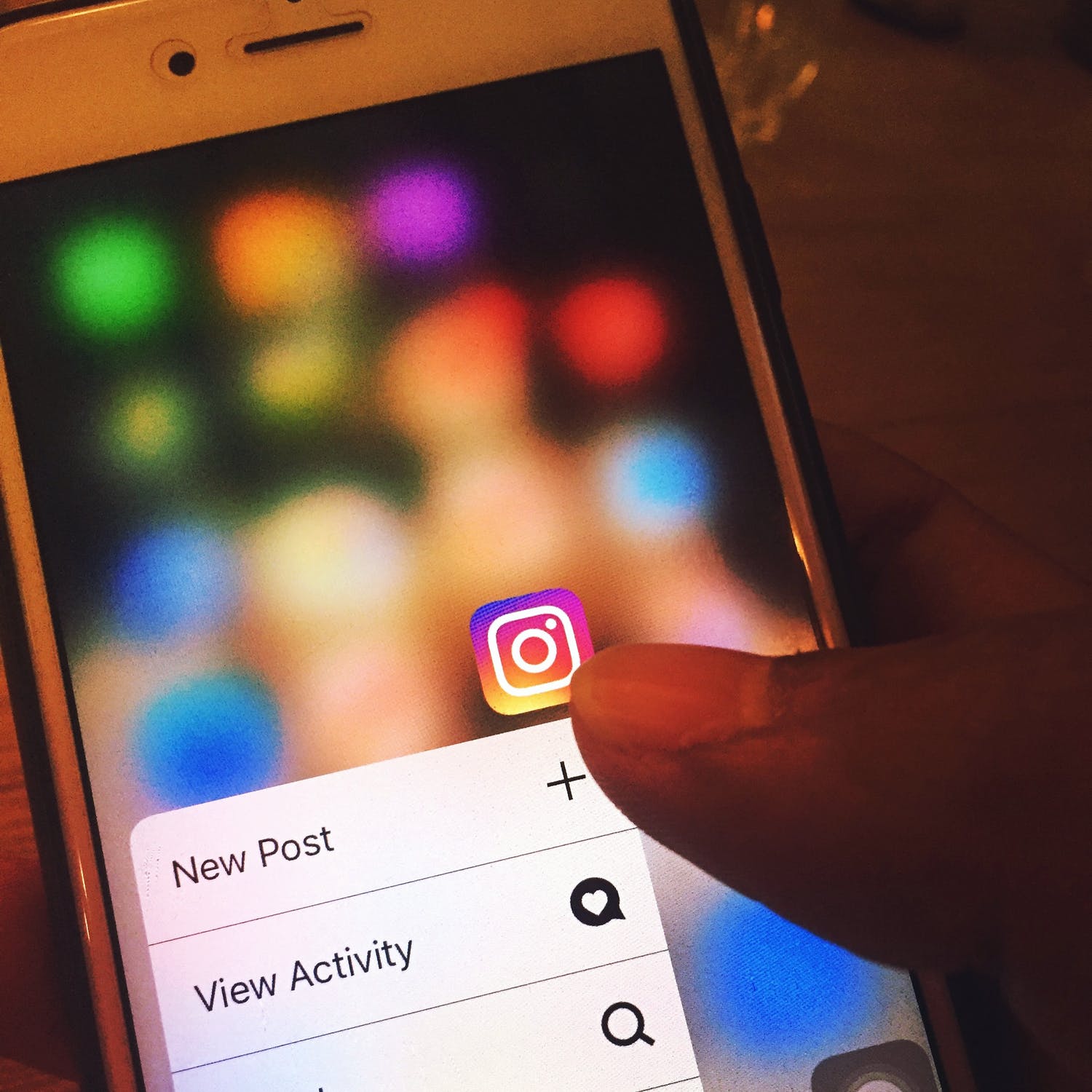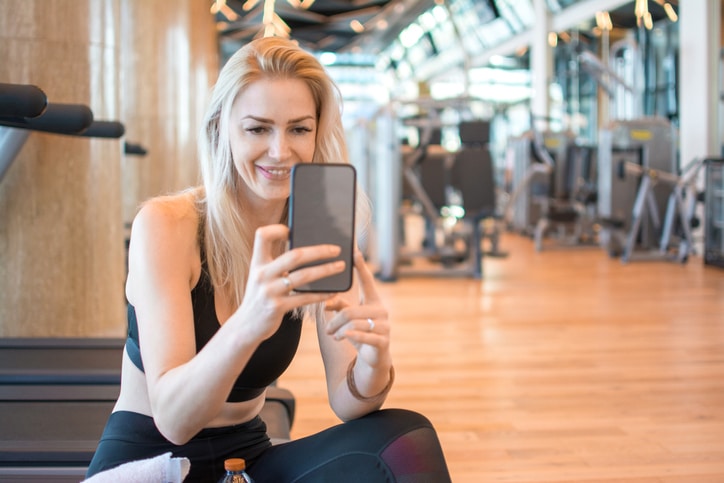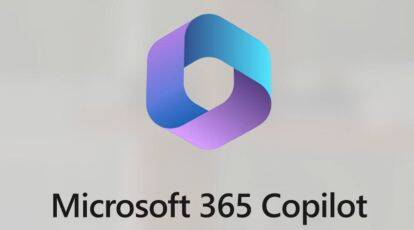
Social media listening is the process of identifying and assessing what is being said about an individual, product or brand on the Internet, brands, agencies and consultants like myself have been using it since the birth of Radian6 way back in 2006 a whopping 13 years ago.
The truth is social media conversations produce unstructured data, and social listening programmes help sieve through this to gain marketers insight into opinions and feedback and it makes it far cheaper than the good old days of brand trackers on the high streets holding clipboards. But the real opportunity for social media listening is only just opening up and that is with machine learning, AI and visual search.
Here are some surprising statistics on visuals and social media:
- 96% of the people talking about your brand online don’t even follow you. (Brandwatch)
- Only 24% of brands say they do “social listening.”
- 76% of marketers say they need to be more data-focused to succeed, and 74% agree that “capturing and applying data to inform and drive marketing activities is the new reality.”
- Yet only 39% reported using customer data and behaviour patterns to shape marketing strategy in the past year.
So why should brands and marketers back up their business decisions with social listening data?
Marketing should always be based on data in 2019 but there are many reasons why you should listen. You can understand what makes your customers tick, so you can refine and develop your own products and services. It enables you to quickly asses the impact of any of your marketing campaigns.
One of the key things that social listening does, is it allows you to spot customer service issues quickly and it can even help you identify opportunities to sell directly which is a big bonus if your social campaign is being judged against ROI.
You can find brand advocates you never knew you had and you can do a nice bit of competitor tracking without being a stalker.
I have used social media listening to crowd-source ideas from everything for new campaigns to actual new products and if you are using it to follow competitors it may even give you an idea for a new product which fills a gap in your competitors’ ranges.
SO WHY DO MANY BRANDS NOT RUN LISTENING PROGRAMMES
- “It’s too expensive and overly complicated”
- “No one is saying anything interesting about us”
- “We don’t have the internal resource to manage this”
- The tendency to drown in data – paralysis by analysis
- Reporting numbers, not insight
- Amazingly we still have shaky sentiment analysis
- Social media noise – takes a lot of hard work to clean the more generic terms up
- Significant expenditure
Now in 2019 there are a lot of social listening tools out there, and if you are not careful you will find yourself going from demo to demo in order to determine which is the best. To help speed up that process and help you in your decision-making here are nine things to seriously consider with social media listening:
- Budget. How much are you willing to spend?
- Demos. Whittle down your list of possibilities before committing any serious time to demos.
- The number of channels the system can accurately monitor.
- Number of accounts you can monitor without incurring added charges.
- Number of team members who can log in at any one time
- Ease of use. Make sure the dashboard allows you to check everything at a glance.
- Frequency of data refreshing.
- Volume of back-data available
- Accuracy of reports.
So you might be seriously considering investing into a social listening platform now, but before you do, take a look at this video below to hear the scepticism around social media listening. Before you watch the video I will state it clearly that Social Bakers have a product to push in this video but they do have a point – see what you think.
So if social media listening is truly finished what is visual listening?
Well visual listening to me is an absolute game changer in this space- this is where social media marketing really can start to demonstrate an ROI and machine learning and artificial intelligence are going to help this area move extremelly quickly.
According to research we (humans) can process visuals 60,000 times faster than text and 96% of untagged brand mentions are ignored (Brandwatch)
Setting up alerts for when your brand’s logo is mentioned more than normal is critical. Insights gleaned from images can help marketers and inform their decisions around the context in which a product or brand is advertised and how various groups share it.
With image analysis you can actually track all “visual mentions” and see more accurate data on the share of voice of you versus your competitors.
You can use logo recognition to measure the ROI of advertisements and most importantly sponsorships – just think about that. Today you can actually measure in real time how many people have seen, engaged, shared and commented on your brand’s logo. The whole value of sponsorship can actually be calculated to the penny.
You will also be able to identify influencers through the images they share, instead of the text they write to accompany them. Image analysis allows you to include visual metrics, like how often a person appears in photos that are related to your brand. So you can tell which campaign or relationship is worth nuturing in 2020.
With image analytics, you can track where your sponsored branding is appearing online to get a deeper view of the true Reach of the investment.
Machine learning allows us to analyse previously unmeasurable aspects of consumer behaviour. With the right training, machines can categorise people’s comments or posts by their stage in the buying cycle which can then give genuine insight to the marketing team on how to liaise with them.
AI and machine learning can answer complex questions, as you can train them to analyse/categorise posts in any language and filter spam. While manual human analysis is still the most accurate and time consuming, machine learning comes much closer than traditional rules based analysis.
Algorithms for visual listening will grow stronger over the next few years and the analysis done on an AI level, delivering trends and insight directly and organically without the need for extensive data mining which will mean we will have to spend less time on analysis and more time on creativity. In other words humans will still be key to the creative marketing process – that is of course if data protection doesn’t kill all kinds of social media listneing together.



